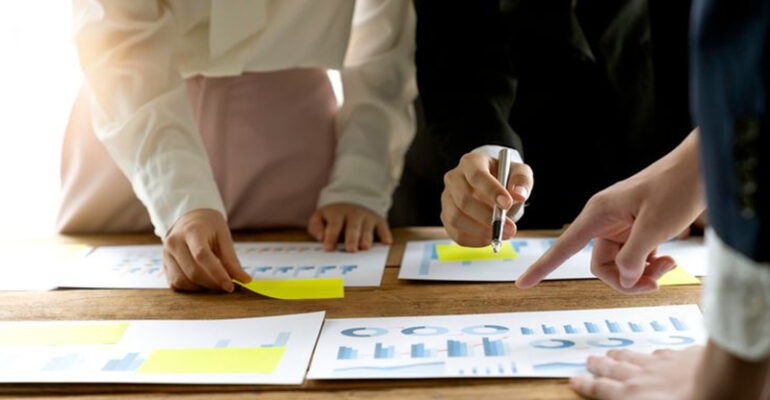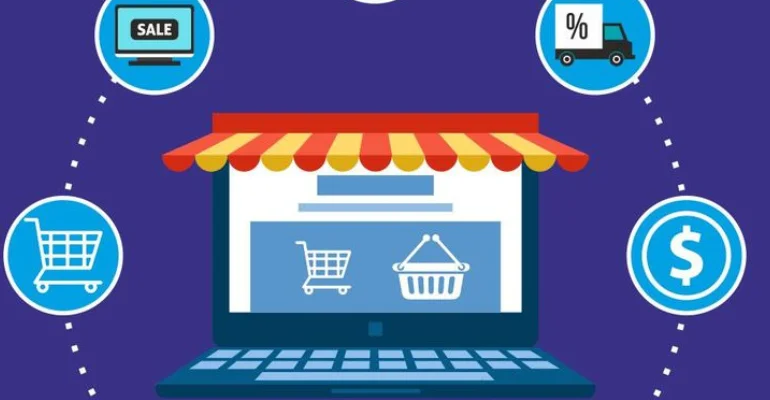How Does Content Marketing Drive Business Success in the UAE?
Introduction:
In the bustling business landscape of the UAE, companies are constantly looking for innovative ways to stand out, build relationships with their customers, and drive growth. While traditional advertising still has its place, content marketing has emerged as a game-changer, offering businesses a more authentic and effective way to connect with their audience. But what exactly is content marketing, and how can it contribute to business success in the UAE? Let’s dive into how this strategy can reshape your business in one of the most dynamic and competitive markets in the world.
The Power of Content Marketing
1. Building Trust through Value-Driven Content
At the heart of content marketing is the idea of providing value to your audience. Instead of simply pushing products or services, content marketing focuses on addressing the needs, interests, and problems of your potential customers. In the UAE, where consumers are increasingly savvy and selective, businesses must go beyond promotional messages to truly engage their target audience. Through blogs, videos, eBooks, and infographics, businesses can share insightful content that educates, informs, and entertains their audience, building trust and credibility in the process.
2. Enhancing Brand Visibility and Recognition
Content marketing can significantly boost your brand’s visibility in the UAE. With the rise of search engines and social media, relevant and high-quality content can rank on search results, making it easier for potential customers to find your business. For example, SEO-optimized blog posts, video tutorials, and informative articles can improve your organic search rankings, which is crucial in a market like the UAE where consumers turn to Google for information on nearly everything, from restaurants to luxury products. The more consistent and engaging your content, the more likely your brand will stay top of mind.
3. Driving Consumer Engagement and Loyalty
One of the standout benefits of content marketing is its ability to foster ongoing engagement. Unlike traditional ads, which may be fleeting, high-quality content can continue to engage consumers long after they’ve interacted with it. In the UAE, where customers are often looking for personalized experiences, content marketing allows businesses to nurture their relationships with their audience. Whether through social media, email newsletters, or blog comments, businesses can create a dialogue with their customers, offering solutions, answering questions, and building lasting loyalty.
4. Establishing Thought Leadership
In a competitive market like the UAE, businesses that position themselves as thought leaders in their industry are more likely to gain respect and trust. Content marketing provides a platform for businesses to share their expertise and insights, showing potential customers that they are knowledgeable and reliable. Whether it’s through in-depth whitepapers, expert interviews, or industry-specific analysis, thought leadership content can differentiate your brand from the competition and give you an edge in an ever-evolving market.
5. Boosting Conversions and Sales
At the end of the day, the ultimate goal of content marketing is to drive conversions and sales. Effective content guides customers through the buyer’s journey, from awareness to consideration to decision-making. In the UAE, where purchasing decisions are often influenced by online reviews, social media, and peer recommendations, content marketing can play a pivotal role in nudging potential customers closer to making a purchase. Whether it’s a compelling case study, a persuasive product review, or an engaging video, your content can motivate customers to take that next step.
Conclusion:
Content marketing is no longer just a nice-to-have; it’s a necessity for businesses in the UAE looking to succeed in a digital-first world. By creating valuable, relevant, and engaging content, businesses can build trust, enhance visibility, drive engagement, establish thought leadership, and ultimately boost conversions. The UAE’s rapidly evolving market presents unique challenges, but with a well-executed content marketing strategy, businesses can thrive and stand out in an increasingly crowded marketplace.














